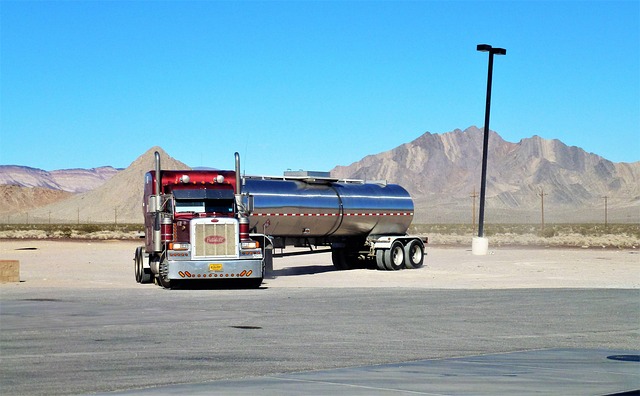Small fleet owners must navigate a web of legal obligations and insurance nuances to minimize liability claims. Staying informed about safety, maintenance, and employee management laws in their jurisdiction is crucial. Robust driver screening, regular training on safe practices, and clear policy definitions significantly reduce accident risk. Establishing protective policies, maintaining detailed records, and utilizing technology for proactive risk management further safeguard small fleet operations from liability. Key focus areas for small fleet protection include comprehensive insurance understanding, rigorous driver screening, consistent training, clear policy enforcement, and leveraging technology for early intervention.
Minimizing exposure to liability claims is crucial for the long-term success of any small fleet operation. This comprehensive guide offers professional tips to enhance your fleet’s safety and reduce risks. By understanding your legal obligations, implementing robust driver screening and training programs, establishing clear vehicle use and maintenance policies, and adopting proactive risk management strategies, you can protect your business and ensure a secure future for your small fleet.
Understand Your Legal Obligations and Insurance Coverage

Understanding your legal obligations is a cornerstone of minimizing exposure to liability claims, especially for owners of small fleets. Different jurisdictions have varying laws and regulations that dictate the responsibilities of fleet operators regarding safety, maintenance, and employee management. Stay informed about these requirements to ensure your business practices align with them. For instance, understanding labor laws can protect you from unfair practice claims by ensuring proper hiring procedures, adequate training, and fair compensation for drivers.
Knowing your insurance coverage is equally vital. Small fleet protection policies vary, offering different levels of liability, property damage, and personal injury coverage. Familiarize yourself with the specific details of your policy, including deductibles, limits, and exclusions. This knowledge will help you make informed decisions when managing risks, such as choosing suitable safety equipment or implementing efficient maintenance routines to reduce the chances of accidents and subsequent claims.
Implement Rigorous Driver Screening and Training Programs

Implementing robust driver screening and training programs is a cornerstone of small fleet protection. Before onboarding any drivers, conduct thorough background checks to weed out individuals with a history of reckless driving, DUIs, or other safety infractions. This initial step significantly reduces the risk of accidents and associated liability claims.
Additionally, provide regular and comprehensive training on safe driving practices tailored to your fleet’s unique needs. Cover topics like defensive driving techniques, load securing, and adherence to traffic regulations. Well-trained drivers are better equipped to navigate challenging situations, minimizing the likelihood of accidents and ensuring a safer overall operational environment for your small fleet.
Establish Clear Policies for Vehicle Use and Maintenance

To minimize exposure to liability claims, especially for a small fleet operation, establishing clear policies around vehicle use and maintenance is paramount. This involves defining who can operate company vehicles, setting strict guidelines for fuel and expense reporting, and implementing regular maintenance schedules. Clearly communicate these policies to all employees and ensure understanding through training sessions.
Additionally, keep detailed records of all vehicle-related activities—from service logs to accident reports. Such documentation not only aids in maintaining compliance but also serves as a protective measure should any disputes arise. A robust fleet management system can streamline these processes, contributing to overall small fleet protection.
Proactive Risk Management Strategies for Fleet Safety

Implementing proactive risk management strategies is key for maintaining fleet safety and minimizing liability claims, especially for small fleet operations. Regularly reviewing and updating safety protocols should be at the forefront of your efforts. This includes ensuring driver training programs are comprehensive, covering not just driving techniques but also load securing, vehicle maintenance, and hazard perception. By investing in high-quality training, you equip your drivers with the knowledge to anticipate and mitigate potential risks on the road.
Additionally, small fleet protection should encompass staying up-to-date with vehicle maintenance records. Regular servicing and prompt repairs can prevent breakdowns and accidents, reducing the likelihood of costly claims. Using technology like telematics to monitor driver behavior, vehicle performance, and location can also serve as an effective early warning system, allowing you to intervene before safety issues escalate.
Protecting your small fleet involves a proactive approach to liability management. By understanding legal obligations, implementing robust driver screening and training, establishing clear vehicle policies, and adopting risk management strategies, you can significantly minimize exposure to claims. These steps are essential for maintaining safety, ensuring compliance, and safeguarding the financial health of your business in the competitive landscape of small fleet protection.
